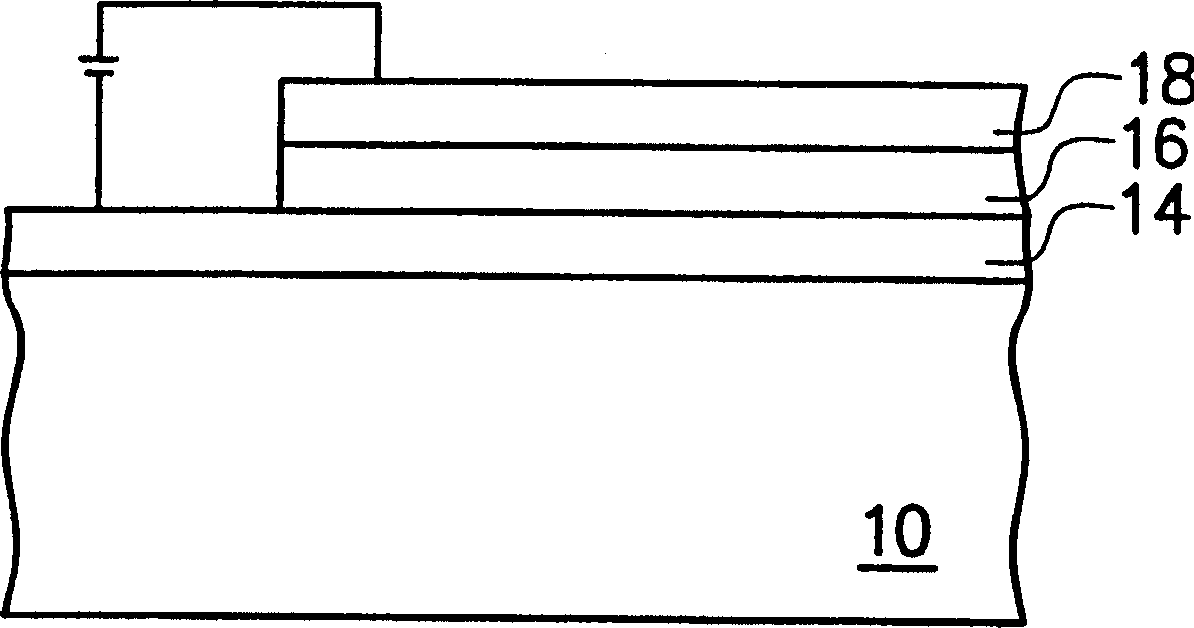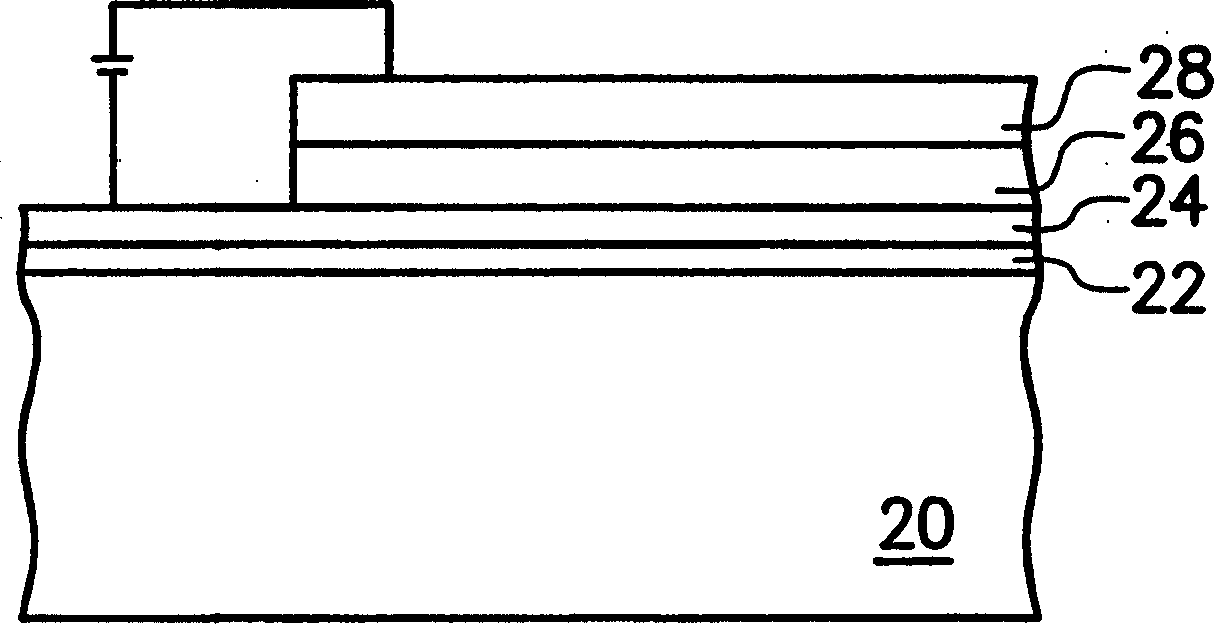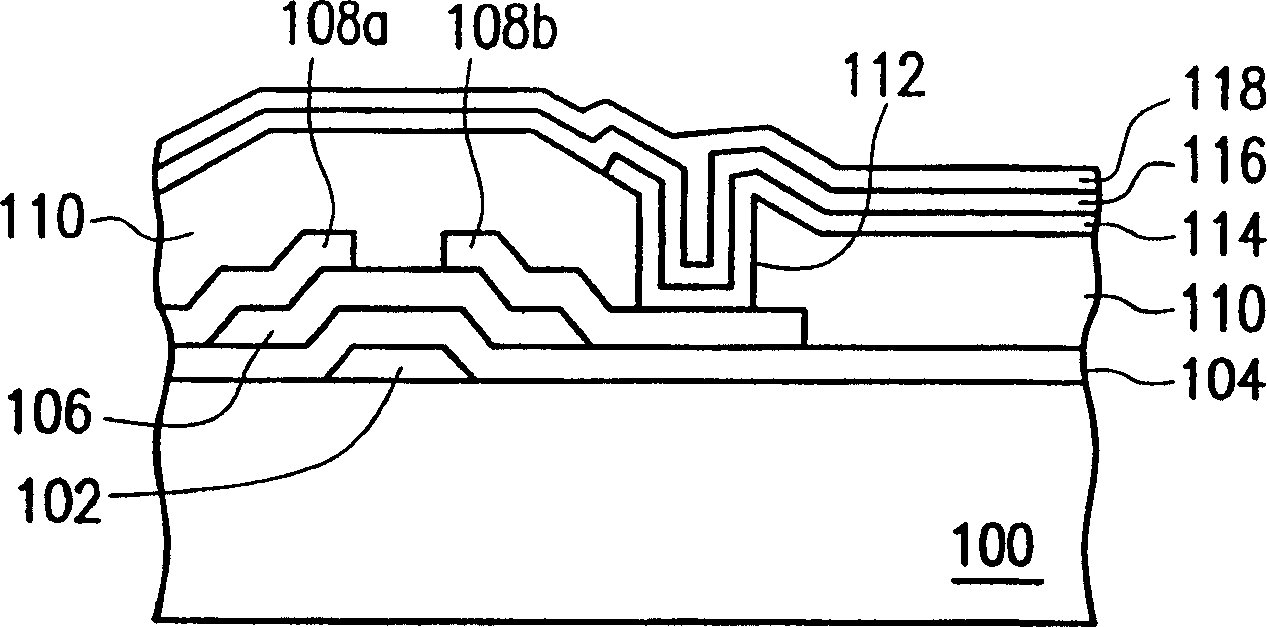Method for improving anodic surface toughness of organic LED
A technology of light-emitting diodes and surface roughness, applied in electrical components, circuits, semiconductor devices, etc., can solve the problems of the surface roughness of the anode layer and the uneven thickness of the anode layer, so as to avoid the arc phenomenon and improve the surface roughness of the film layer. , the effect of reducing costs
- Summary
- Abstract
- Description
- Claims
- Application Information
AI Technical Summary
Problems solved by technology
Method used
Image
Examples
Embodiment Construction
[0029] figure 2 , which is a schematic cross-sectional view of an organic light emitting diode device according to a preferred embodiment of the present invention.
[0030] Please refer to figure 2 , the manufacturing method of the organic light emitting diode device of the present invention first provides a substrate 20, wherein the substrate 20 is, for example, a glass substrate or a transparent plastic substrate. Next, a first anode layer 22 is formed on the substrate 20 , and then a second anode layer 24 is formed on the first anode layer 22 . The first anode layer 22 and the second anode layer 24 together serve as the anode electrode film of the OLED device.
[0031] Wherein, the method for forming the first anode layer 22 and the second anode layer 24 is, for example, the sputtering method, and in this embodiment, the power value of the first anode layer 22 and the second anode layer 24 formed by the sputtering method can be between Between 230W and 680W, preferably...
PUM
 Login to View More
Login to View More Abstract
Description
Claims
Application Information
 Login to View More
Login to View More - R&D
- Intellectual Property
- Life Sciences
- Materials
- Tech Scout
- Unparalleled Data Quality
- Higher Quality Content
- 60% Fewer Hallucinations
Browse by: Latest US Patents, China's latest patents, Technical Efficacy Thesaurus, Application Domain, Technology Topic, Popular Technical Reports.
© 2025 PatSnap. All rights reserved.Legal|Privacy policy|Modern Slavery Act Transparency Statement|Sitemap|About US| Contact US: help@patsnap.com



